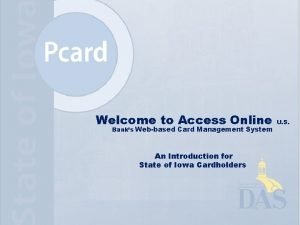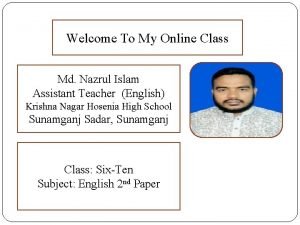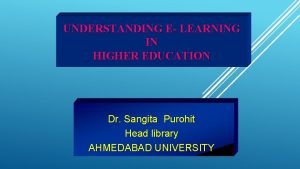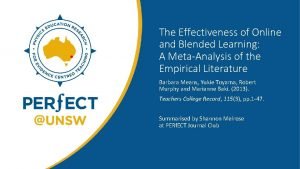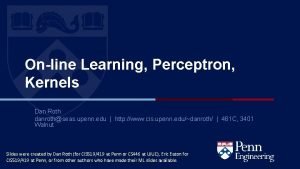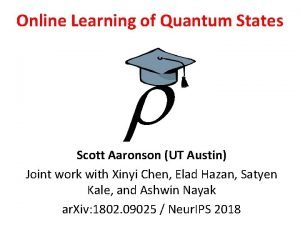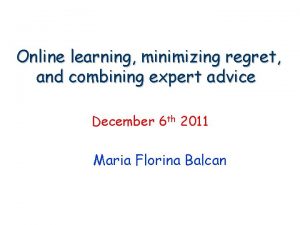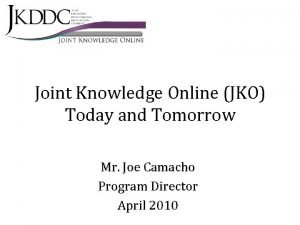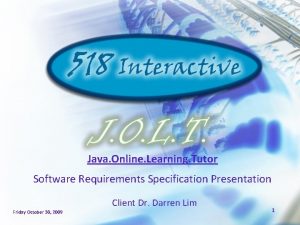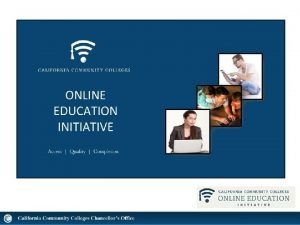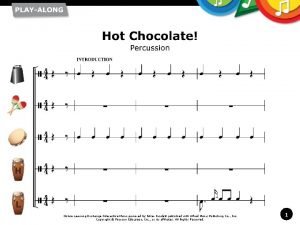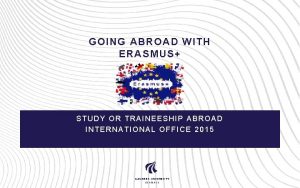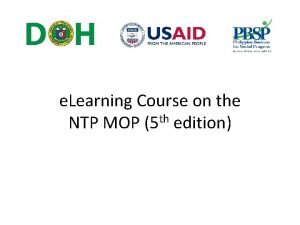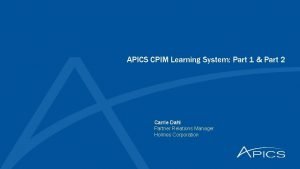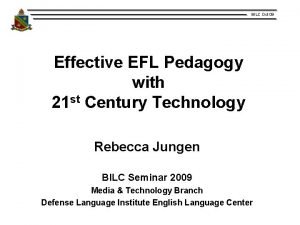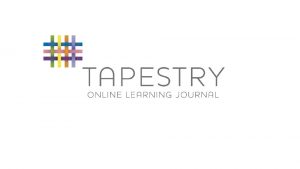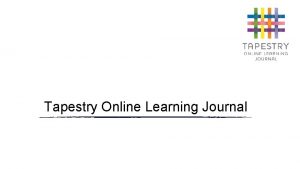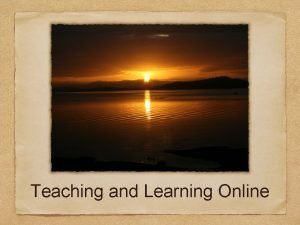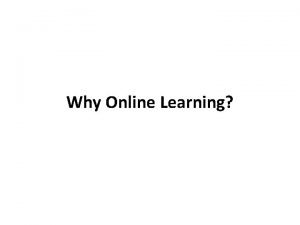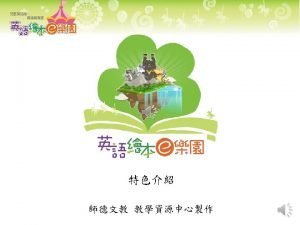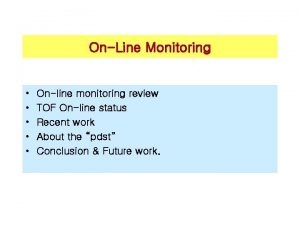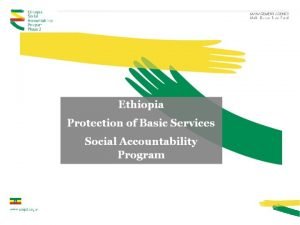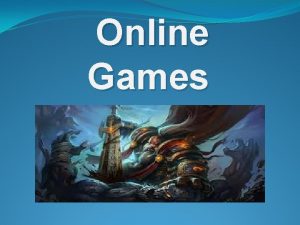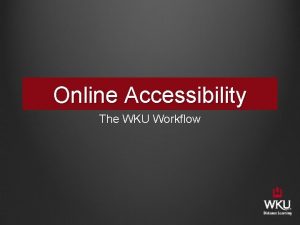Welcome to online learning Welcome to online learning

























- Slides: 25

Welcome to online learning • Welcome to online learning. Please follow the Power. Point and attached tasks. • I have highlighted the tasks to be completed in yellow. Please complete the tasks in your jotter and then email me a picture of your work 10 minutes before the end of the lesson so I can look over your work • I have put timers on the Power. Points to give you an indication about how long you should spend on each task. Don’t worry if you finish before the allocated time, just move onto the next task. If you have not finished, please move on and come back to it at the end instead of doing the Braveheart task. This is to ensure you are all up to the same point by next lesson. • If you have any questions, I will be available for the block I have you so please email me - my email is alison. sommerville@royalhigh. edin. sch. uk

Write the title: The Battle of Stirling Bridge September 1297

Learning Intention To understand how and why the Battle of Stirling Bridge was fought between the English and the Scots. Success Criteria I am able to DESCRIBE what happened at the Battle I am able to EXPLAIN the reasons why the Scots won the Battle at Stirling Bridge

The importance of Stirling • Look at the map. • Stirling is in the centre of Scotland. • Control of Stirling Castle gives access to the area North of this • Strategically, it is an important castle to hold. In 1297, the English control it. Wallace wants it!

“HE WHO HOLDS STIRLING HOLDS SCOTLAND!!!” WILLIAM WALLACELEADER OF THE SCOTTISH REBELS EDWARD I, KING OF ENGLAND 1272 - 1307

O H W E H , HMMMM D L U O W G IN L R I T S S HOLD H D E E D IN. ! … D N A L T SCO , N O S A E R S I H FOR T EMBER TH T P E S 1 1 ON OF Y M R A E H T , 1297 THE D N A I D R A EDW AM I L L I W F O ARMY HE T T A T E M E C WALLA RLING I T S F O E L T T BA BRIDGE… EDWARD I, KING OF ENGLAND 1272 - 1307

Wallace had been causing problems for King Edward for several years. Wallace refused to sign the Ragman’s Roll. He had raised an army, and along with Andrew de Moray, was ambushing (attacking) English soldiers in Scotland. Edward knew that something had to be done to stop Wallace and the Scottish rebels.

Why the Battle of Stirling Bridge? • In September 1297, an English army was sent to Stirling in order to deal with Wallace and stop his attacks on English troops. • Wallace of course was an enemy of the English. His aim was for the Scots to seize Stirling Castle which would greatly weaken the English King’s position in Scotland.

Key War terms • Cavalry: soldiers on horseback • Infantry: soldiers on foot

15 minutes Task 1: Battle plan 1. Choose whether you will represent the Scottish or English army. 2. You have to work out how you will strategically defeat the other enemy. Take into consideration • Where you army is situated • The amount of men you have and weapons • Where do you want your men to positioned? On the next slide there is a list of the amount of soldiers you have, your leaders and your weapons. Using this information you need to devise a plan on how you will attack the enemy. Use the map to help you as well. 3. You can either draw or write out your plan.

Leader: William Wallace and Andrew Moray. Leader: Hugh Cressingham and John Warenne • Likely to have around 5, 000 men. • Likely to have 10 -18, 000 men. • 100 light cavalry. • 1000 cavalry (men on horses). • The rest infantrymen. • Bows, spears, heavy • No armour or bows. armour, shields for Weapons used were protection. anything the Scots could get their hands on. • English are better equipped.

5 minutes What’s the plan? TASK 2: Draw out this map in your jotter including the labels

What actually happened?

3. 1. Wallace and the Scottish army were at Abbey Craig hiding in the forest up the hill. 2. They waited for the English to start advancing over the bridge 3. The bridge is narrow so the English army can only cross two horses side by side. Quickly, the bridge becomes cramped and full. Can you predict what happens next?

5. The Scots target the bridge and block off the exit. The English cavalry can’t see what’s going on and continue to try to press onto the bridge. English cavalry start falling and jumping into the river. Many drown or are killed in the process due to their heavy armour. 4. The attack! The Scots charge down from Abbey Craig. The English who have already crossed find themselves in boggy, wet ground unable to move. The English ranks become unorganised. 6. Eventually, the wooden bridge collapses under the weight of the men and the horses. More English soldiers are drowned.

Task 3: Add arrows to your map to show the two sides advanced 1 minute

The English army retreat. Many of them are killed in the process but the vast majority manage to escape.

Wallace and his men finish off the job • Wallace was not known to show any mercy in battle. English victims were treated cruelly. In particular, the English tax collector Hugh Cressingham had his skin stripped from his head to his toes. Wallace then used it as a baldrick ( sword pouch) to carry his sword.

15 minutes Task 4: Rearrange these statements into chronological order (the order the events happened) to create a description of the battle - write them out fully in your jotter • The Scots block off the exit to the Bridge so no-one else can across. The weight of the English army causes the bridge to collapse. • English cavalry start falling and jumping into the river. Many drown or are killed in the process due to their heavy armour. • The English army start advancing across the narrow bridge very slowly as only 2 horses can fit side by side • The Scots attack the English army who have crossed the bridge- the English find themselves in boggy, wet ground unable to move. • Wallace and the Scottish army were hiding in the forest up the hill • The remaining English army flee- those left behind are killed without mercy.

5 minutes Task 5: Which of the following is the most important reason for the Scots winning the battle? Write down your answer and give a reason why 1. The Scots won because they had a good vantage point and could see the English army 2. They chose a good spot – the English needed to cross a wonky wooden bridge and could get trapped in the loop of the river 3. Once half the English army had crossed the bridge, the Scottish army began to attack 4. The horses sunk into the marshy ground of the loop and the English drowned in their heavy armour in the river

What did the win mean for the Scots? • It proved that the mighty English army could be defeated in battle by the Scots, something that they had so far been unable to do. • After the victory Wallace and Murray were able to win a lot of support in Scotland • Unfortunately Murray died a few weeks later from infected wounds he received at Stirling. • Wallace then raided towns in the North of England, causing a great deal of damage and terror in the northern counties. • Wallace was knighted and named Guardian of Scotland • However, Edward had now returned from France, determined to finally settle the Scottish question

Plenary- answer these questions • What is going to happen next against Scotland England? • How do you think Edward will react?

NOW… EITHER… Go back and finish any tasks you didn’t complete earlier OR Go onto to do the Braveheart review task and watch the youtube clip if you are finished. Don’t worry if you don’t finish this last task for next week.

• There was a famous film made about him called ‘Braveheart’. • Big Hollywood blockbuster. Won 5 Oscars. • BUT it is not historically accurate. It is important to note that this film is just a story and very few of the events happened in real life. We have to be really careful about using sources such as these.

20 minutes Task 6 Watch the ‘review’ of Braveheart by History Buff from the link below. https: //www. youtube. com/watch? v=oj. Bw. ASARAzo&t=1282 s If you don’t have time to watch it all, just watch from 5. 54 -19 minutes approx. The last part of the review moves onto the Battle of Falkirk As you are watching it, answer these questions 1. Write down FIVE things which the movie Braveheart gets wrong about William Wallace’s story 2. Why do you think the movie changed so much of the real truth? 3. Do you think it matters that it is not historically accurate?
 Cuadro comparativo e-learning m-learning b-learning
Cuadro comparativo e-learning m-learning b-learning Wise men three clever are we
Wise men three clever are we Welcome to our online class
Welcome to our online class Welcome access online
Welcome access online Welcome to my online class
Welcome to my online class Conclusion for online learning
Conclusion for online learning The effectiveness of online and blended learning
The effectiveness of online and blended learning Online learning with kernels
Online learning with kernels Online learning of quantum states
Online learning of quantum states Online learning regret
Online learning regret Jko online
Jko online Activity diagram for online learning system
Activity diagram for online learning system Tapestry online learning journal
Tapestry online learning journal Online learning readiness
Online learning readiness Alhs apex
Alhs apex Online learning exchange
Online learning exchange Online learning agreement
Online learning agreement Ntp online learning
Ntp online learning Apics online learning system
Apics online learning system Dlielc online learning center
Dlielc online learning center What is tapestry
What is tapestry Georgia library learning online
Georgia library learning online Tapestry online learning journal
Tapestry online learning journal Lda supervised or unsupervised
Lda supervised or unsupervised Concept learning task in machine learning
Concept learning task in machine learning Analytical learning in machine learning
Analytical learning in machine learning



